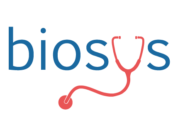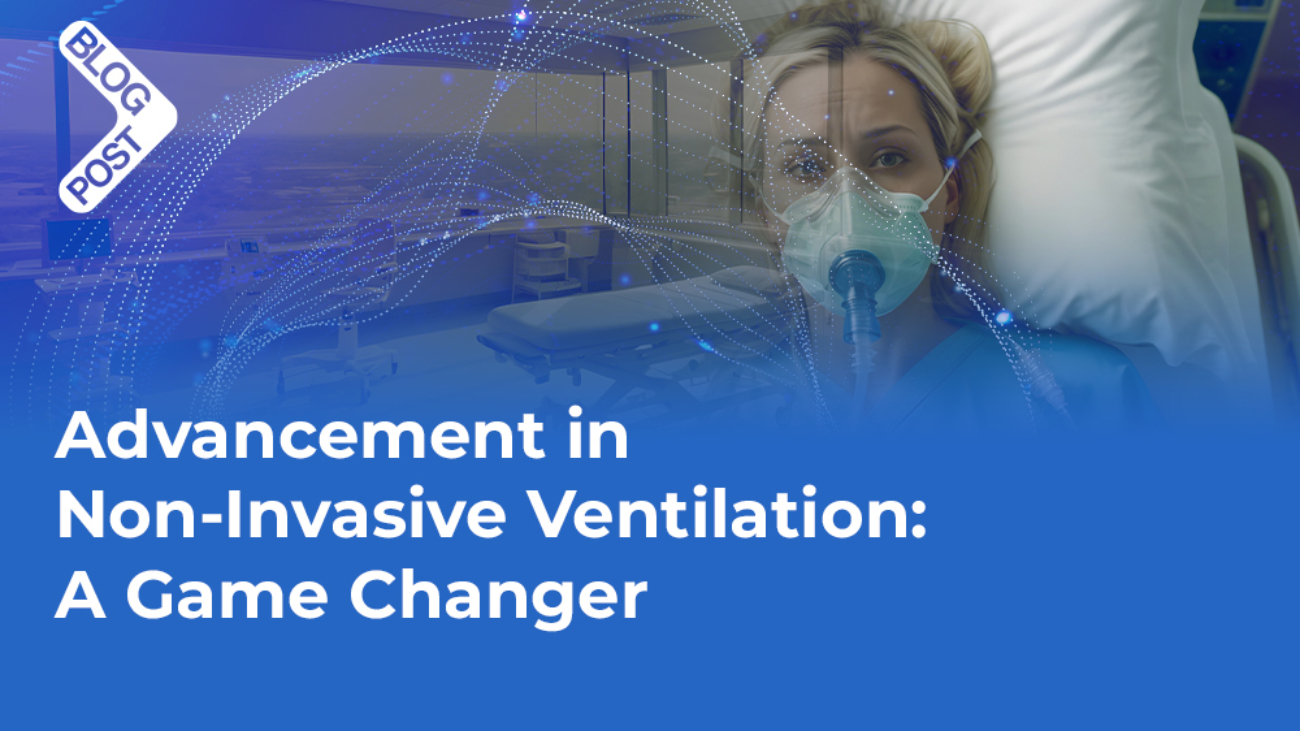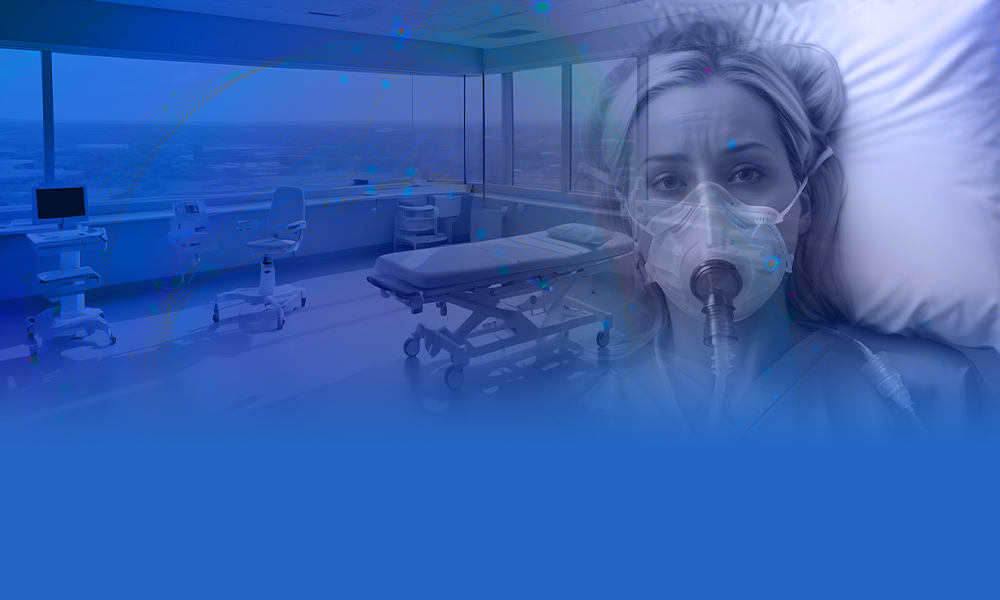EtCO₂ (End-Tidal Carbon Dioxide), ekshalasyon sonunda solunum havasındaki karbondioksit konsantrasyonunun ölçümüdür. Genellikle milimetre cıva (mmHg) birimiyle ifade edilir ve kapnografi cihazı kullanılarak ölçülür. EtCO₂, solunum sistemi, kardiyak dolaşım ve metabolizma hakkında önemli bilgiler sağlar. Solunum döngüsünün sonunda, ekshalasyon sırasında solunum yollarından çıkan gazdaki en yüksek karbondioksit (CO₂) konsantrasyonunu ifade eder. Bu değer, takibinin temelini oluşturur. Solunum sistemi, dolaşım ve metabolizma arasındaki bağlantıyı yansıtarak hastanın genel durumunu değerlendirir.
Normal EtCO₂ Değerleri
Normal EtCO₂ seviyesi genellikle 35-45 mmHg arasındadır.
- Düşük EtCO₂: Hiperventilasyon, düşük kardiyak output veya pulmoner emboli gibi durumları işaret edebilir.
- Yüksek EtCO₂: Hipoventilasyon, aşırı metabolik aktivite veya ventilatör ayarlarının yetersiz olduğunu gösterebilir.
Mekanik ventilatörlerle EtCO₂ seviyelerinin izlenmesi, hastanın solunum durumu ve ventilasyon etkinliğinin değerlendirilmesinde kritik bir rol oynar. Bu izleme, kapnografi cihazları aracılığıyla gerçekleştirilir ve genellikle ventilatör sistemine entegre edilir.
EtCO₂ İzleme Yöntemleri
- Ana Akım Kapnografi:
- Nasıl Çalışır: Sensör, endotrakeal tüp veya trakeostomi tüpü ile solunum devresi arasına yerleştirilir. Hastanın ekshalasyon havası doğrudan sensörden geçer ve CO₂ konsantrasyonu anında ölçülür.
- Avantajları: Anlık ve doğru ölçümler sağlar; ekshalasyon sırasında gecikme minimaldir.
- Dezavantajları: Sensörün ağırlığı ve ısınması, özellikle küçük çocuklar veya zayıf hastalar için rahatsızlık yaratabilir.
- Yan Akım Kapnografi:
- Nasıl Çalışır: Solunum devresinden küçük bir gaz örneği alınarak cihazın analizörüne iletilir. Bu yöntem, entübe olmayan hastalarda da kullanılabilir.
- Avantajları: Çeşitli solunum devreleriyle uyumludur ve entübasyon gerektirmeyen hastalarda da kullanılabilir.
- Dezavantajları: Örnekleme hattında kondensasyon birikimi olabilir ve bu da ölçüm doğruluğunu etkileyebilir.
EtCO₂ Takibi ile Ventilasyon Verimliliği
EtCO₂ takibi, ventilasyon verimliliğini doğrudan değerlendiren bir yöntemdir. Solunum sisteminin karbondioksiti (CO₂) nasıl elimine ettiğini ve metabolik süreçler sonucunda oluşan CO₂’nin ventilasyon yoluyla dışarı atılma etkinliğini gösterir. Ventilasyon verimliliği, EtCO₂ seviyeleri ve kapnogram analizleri kullanılarak çeşitli klinik durumlarda değerlendirilir.
- Hipoventilasyon (Azalmış Ventilasyon):
- EtCO₂ Seviyesi: Artar (genelde > 45 mmHg).
- Sebep: Akciğerlerden CO₂ atılımının yetersiz olması.
- Klinik Durumlar: Solunum depresyonu, sedasyon, nöromüsküler blokaj, obezite hipoventilasyon sendromu.
- Etkisi: Yüksek EtCO₂ seviyeleri, ventilasyonun artırılması gerektiğini işaret eder.
- Hiperventilasyon (Artmış Ventilasyon):
- EtCO₂ Seviyesi: Düşer (genelde < 35 mmHg).
- Sebep: CO₂’nin aşırı elimine edilmesi.
- Klinik Durumlar: Anksiyete, ağrı, hipoksiye yanıt, kompansatuvar mekanizmalar.
- Etkisi: Ventilasyon hızının veya tidal volümün düşürülmesi gerekebilir.
- Alveolar Ölü Boşluk Artışı:
- EtCO₂ Seviyesi: Düşer, ancak arteriyel CO₂ (PaCO₂) yüksektir.
- Sebep: Akciğer perfüzyonunda azalma veya ventilasyon-perfüzyon (V/Q) uyumsuzluğu.
- Klinik Durumlar: Pulmoner emboli, düşük kardiyak output, şok.
- Etkisi: EtCO₂ seviyesi ile PaCO₂ arasındaki fark artar (EtCO₂-PaCO₂ gradyanı).
- Dolaşım Yetersizliği:
- EtCO₂ Seviyesi: Düşer.
- Sebep: Kardiyak output azaldığında, alveollere gelen CO₂ miktarı azalır.
- Klinik Durumlar: Kardiyak arrest, düşük perfüzyonlu şok.
- Etkisi: CPR’nin etkinliğini izlemek için kullanılır; EtCO₂’nin artışı dolaşımın yeniden sağlandığını gösterebilir.
Sık Sorulan Sorular
1)Normal EtCO₂ değeri nedir?
35-45 mmHg arasındadır.
2)Düşük EtCO₂ ne anlama gelir?
Ekshalasyon havasındaki karbondioksit seviyesinin normalden düşük olduğu bir durumu ifade eder. Bu durum, ventilasyon, perfüzyon veya metabolizma ile ilgili sorunların bir göstergesi olabilir. Genelde 35 mmHg’nin altındaki EtCO₂ seviyeleri, hipokapni olarak adlandırılır.
Referanslar
- Aminiahidashti, Hamed, et al. “Applications of end-tidal carbon dioxide (ETCO2) monitoring in emergency department; a narrative review.” Emergency 6.1 (2018).
- Trilĺo, Giulio, Martin von Planta, and Fulvio Kette. “ETCO2 monitoring during low flow states: clinical aims and limits.” Resuscitation 27.1 (1994): 1-8.
- Miner, James R., William Heegaard, and David Plummer. “End‐tidal carbon dioxide monitoring during procedural sedation.” Academic Emergency Medicine 9.4 (2002): 275-280.
- Paiva, Edison F., James H. Paxton, and Brian J. O’Neil. “The use of end-tidal carbon dioxide (ETCO2) measurement to guide management of cardiac arrest: a systematic review.” Resuscitation 123 (2018): 1-7.





